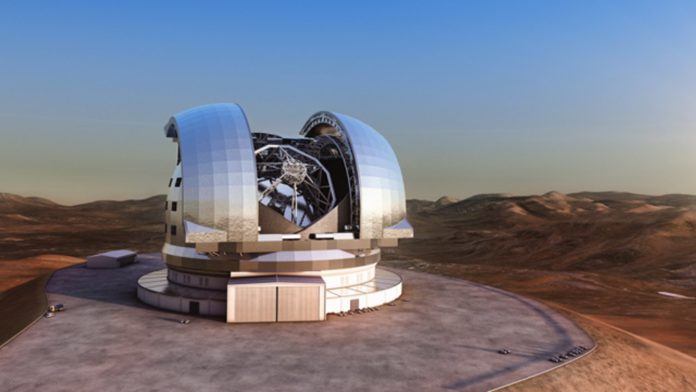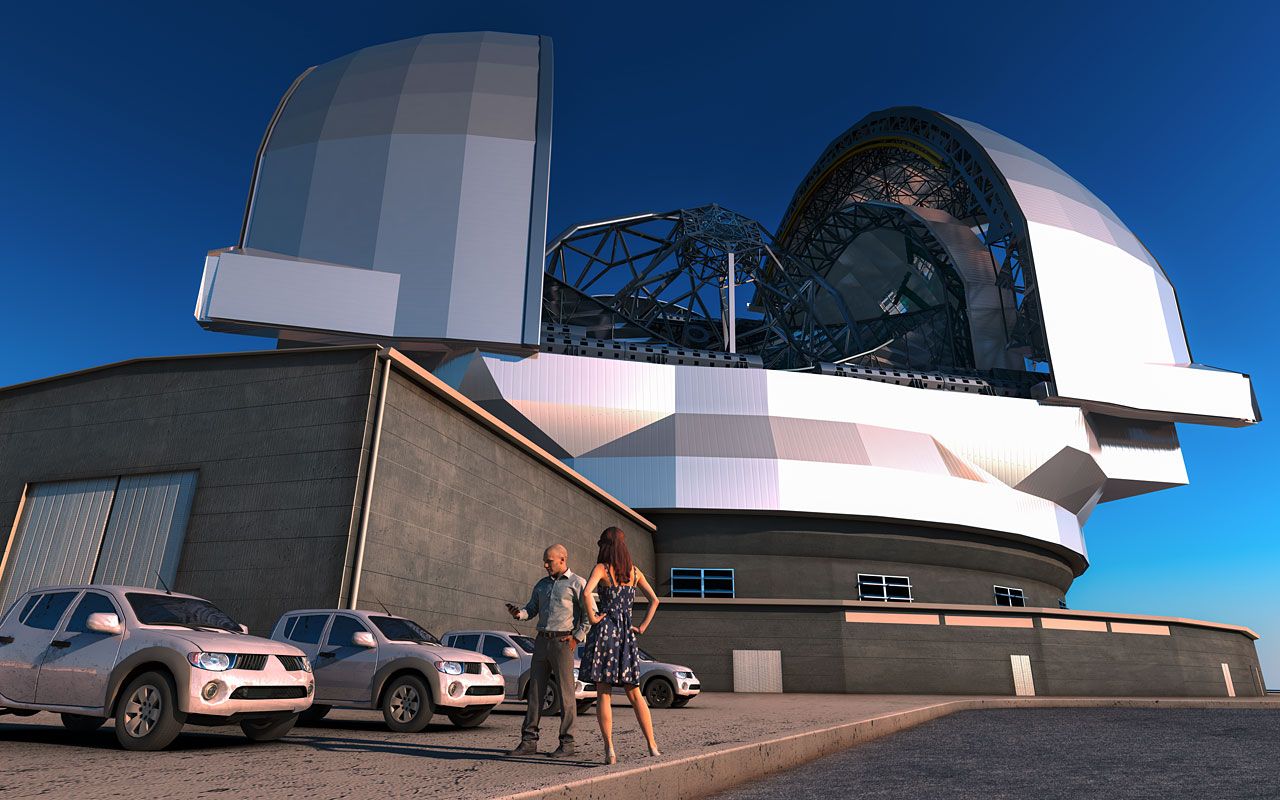Elon Musk putting lots of effort in order to expand what we can do in space. This time, he is trying to expand what we can learn about space. Construction began late last week on what will be the world’s largest telescope.
The European Space Organization (ESO) has started construction on the Extremely Largest Telescope that will be the world’s largest optical telescope. The telescope is named as European Extremely Large Telescope (E-ELT).
The company noted, “It is a revolutionary scientific project for a 40m-class telescope that will allow us to address many of the most pressing unsolved questions about our Universe. It will increase astrophysical knowledge by enabling detailed studies of planets around other stars, the first galaxies in the Universe, super-massive black holes, and the nature of the Universe’s dark sector.”
The E-ELT will be the largest optical/near-infrared telescope. It will gather 13 times more light than the largest optical telescopes existing today. It holds the potential to correct for atmospheric distortions.
The telescope is being constructed on a 3,000-meter (9842.5-foot) high mountain in a Chilean desert.
Michelle Bachelet Jeria, the President of Chile, said, “With the symbolic start of this construction work, we are building more than a telescope here. It is one of the greatest expressions of scientific and technological capabilities and of the extraordinary potential of international cooperation.”
The company noted, “It will boast some truly impressive measurements. For example, a total weight of 5,000 tons (5,512 US tons), an 85 meter (279 ft) rotating dome, and a 39 meter (128 ft) diameter main mirror.”
“It will allow for greater planet discovering ability and perhaps even help us discern the makeup of the atmospheres of alien worlds, giving us greater insights into a planet’s ability to host life-as-we-know-it.”

